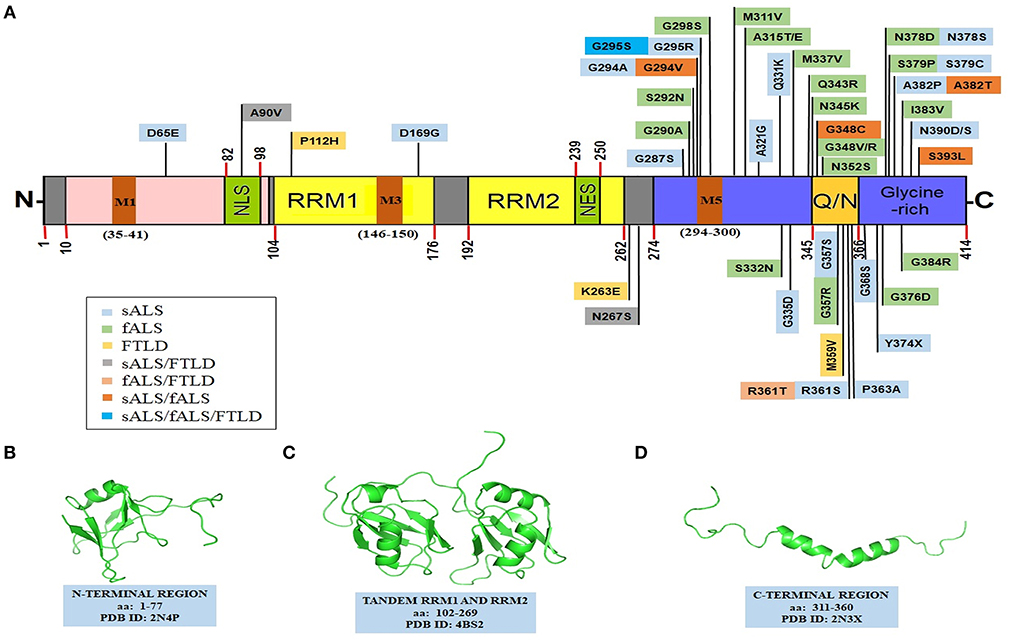The formation of stress granules, which are large assemblies composed mainly of proteins and mRNA, have been reported under various stress conditions, such as starvation, osmotic, thermal and oxidative stresses, and are believed to be one of the means that cells use to adapt to cellular stress.
In addition, many neurodegenerative diseases are characterized by protein aggregates very similar to stress granules. This is the case for example for Alzheimer's disease but also for Parkinson's disease, Amyotrophic Lateral Sclerosis and others.
Indeed stress granules protect the cell from environmental stress, but under prolonged stress, they turn into abnormal aggregates, but the underlying molecular mechanism of the self-assembly process is poorly understood.
Cell starvation stress is common in cases of ALS, it can be found in situations like mutations (eg C9orf73) which require special efforts from the cellular protein quality system or when faced with insulin resistance which reduces the cellular supply of glucose. Acidification of the cellular extracellular medium (low pH) and concomitant intracellular alkalinization of the cytoplasm (high pH) are characteristics of cancer.
In this study, the authors show that under low pH conditions, imitating starvation cellular stress, the central part of TDP-43 which includes the two RRM motifs (TDP-43tRRM), undergoes a conformational change linked to the protonation of buried ionizable residues and develops into a metastable oligomeric assembly called low pH form '' or the L form ''.

The authors have thus shown that in the presence of acidification, even very weak, TDP-43tRRM folds completely and oligomerizes to form a "β form" rich in β sheets. The β form has an ordered and stable structure that resembles the amyloid fibrils that are found in Alzheimer's disease!

